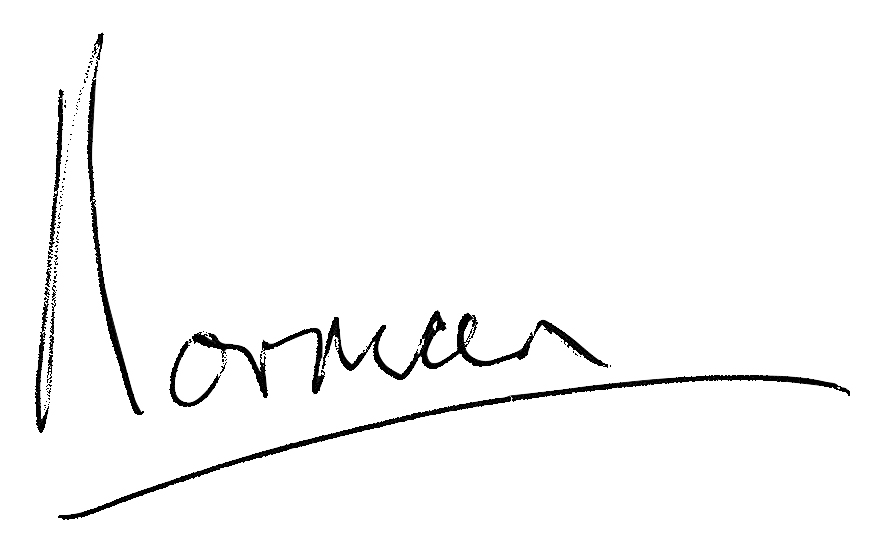norman.comfort@getcomfortable.co.uk, or talk to me on 07530 708125. Let's do this.....
So, my wine of the week this week is Terroir Sense Fronteres – Brisat 2017

So, my wine of the week this week is Terroir Sense Fronteres – Brisat 2017 Winery : Terroir Sense Fronteres Where : Monsant To understand DO Montsant one needs to be intimately familiar with its geography, as confusion comes easy…
